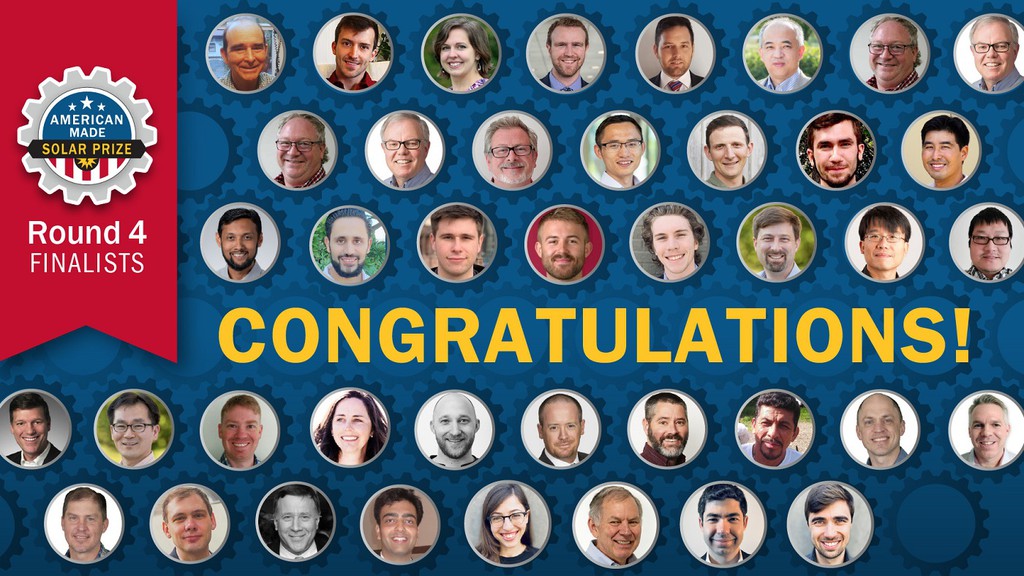
On Friday, April 9, the U.S. Department of Energy and National Renewable Energy Laboratory announced the 10 finalist teams that are moving forward in the Solar Prize Round 4. These teams were chosen for the considerable progress they’ve made since winning the Ready! Contest.
After months of diligent work and a competitive Set! Demo Day, these talented teams each received $100,000 in cash prizes and $75,000 in support vouchers to use at national laboratories and other partner facilities to continue advancing their innovation from proof-of-concept to prototype. The 10 finalist teams will now move on to compete in the final stage of the competition, the Go! Contest.
The Round 4 finalist teams are:
- Team AeroShield Materials, Aerogel Insulated Solar Collector for Process Heat: This team is developing a flat-plate solar-thermal energy collector system that operates at more than 150 degrees Celsius with efficiencies greater than 60%. Transparent aerogel insulation enables this performance, minimizes heat loss, allows for simpler receiver design, and reduces cost.
- Team Cool Tech Solar, Solar Panel with Heatsink: This team is creating a nano-textured heatsink material that can be applied to the back of a solar panel. The heatsink’s structure increases the surface area, helping the panel dissipate heat and lowering its peak operating temperature. The lower temperature will increase power production from the panel and may allow the solar panel to last longer.
- Team Energy for All, Saving Solar Power: This cell-level battery management and reconditioning device decreases battery degradation and extends the life of new and recycled batteries by up to 30%. This improves the lifetime, performance, and cost of PV storage systems and enables repurposing of used batteries.
- Team Hawaii Innovation Laboratory, Room Temperature Metal Coating for CSP Mirror: This team’s room-temperature liquid metal alloy makes highly reflective films targeted for use in concentrating solar power (CSP) parabolic troughs for industrial heat applications. Their process uses spray coating, which is easier and less expensive than existing methods for making mirrors.
- Team NanoSpray, NanoSpray: Low Cost Solutions for Back Contacts: This team is developing a highly conductive, spray-coated back contact for cadmium telluride solar panels, to reduce costs and increase efficiency.
- Team Pellucere Technologies, MORE POWER LESS DIRT: This team is developing a nanostructured silica shield that can be applied to the front of a solar panel and prevent the buildup of dirt and other particulates to increase energy yield. By developing a robotic surface treatment and coating application process, the team can provide the shield as a retrofit solution.
- Team Rocking Solar, Rocking Solar Tracker: This tracker system is designed to reduce a PV system’s weight and number of required roof penetrations, so that more commercial and industrial rooftops can host a photovoltaic (PV) system. This system tracks the sun using a rocking motion, like a rocking chair, eliminating bearings and hinges from the support frame that require roof penetrations.
- Team Superclean Glass, Boosting Energy Yield from Dusty Solar Panel: This team uses an electro-dynamic shield to repel dust particles from solar panels, increasing the energy production and decreasing the need for panel washing. The dust particles are repelled by creating a strong electric field, that can save up to 98% of PV energy lost due to soiling.
- Team the r&d lab, Roofing for the Sol: This team is designing a new residential metal roofing product that makes solar roofs more aesthetically pleasing. This product will color-match the roof to the PV panels, increase the speed of installation, and provide an integrated solar roofing product where the lifespan of the solar and roof components match.
- Team Urban Energy, Urban Energy Solar Canopy: This team has developed a rooftop solar-canopy racking system that avoids roof penetrations and increases the possible system size over a standard rooftop PV system. This application is targeted at multi-family buildings, which, with current technology, often do not have economically feasible solutions to add solar to their buildings.
Congratulations, Round 4 finalists!

